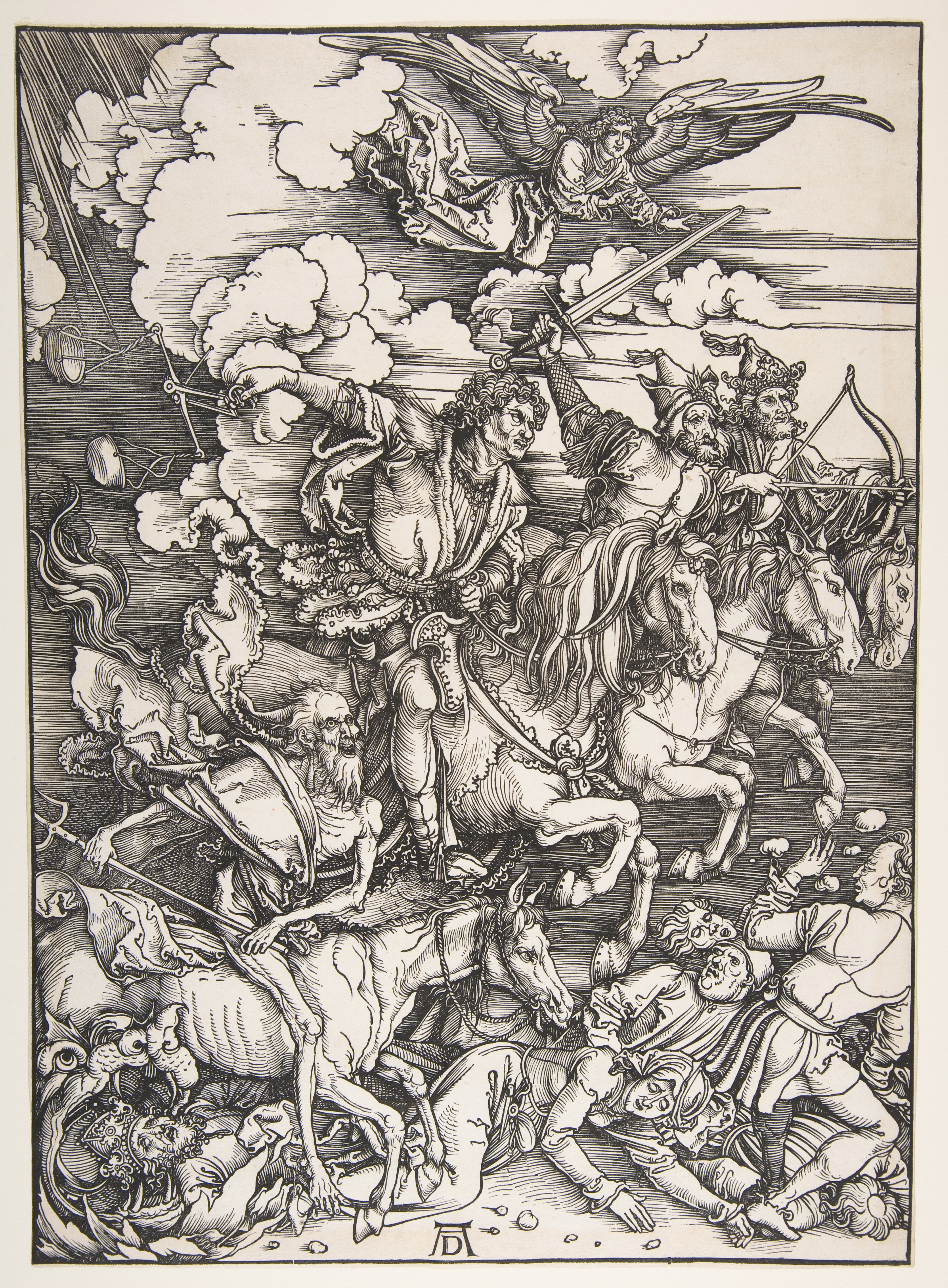Richardson’s work inspired decades of investigation into scaling laws that describe when and where conflicts arise. Although these scaling laws seem robust and widely applicable, researchers have, to date, produced no compelling, systematic explanation for why they occur. In a paper published recently in Physical Review E, members of the Santa Fe Institute’s Collective Computation Group (C4) and their co-author Christopher Meyers from Cornell University present a new model using data from armed conflict in Africa that explains how conflicts spread over a geographic region. More technically, the model describes the scale-free ways that clusters of violent interactions grow and spread over time and space.
Battles, revolutions, and other fights in history might seem violent in their own ways, says SFI’s Eddie Lee, a postdoctoral researcher who led the new work, but with the right lens one can identify unifying principles. “Your intuition says each of these conflicts should be a consequence of specific social and cultural dynamics,” says Lee, “but then you do the analyses and you find that in fact these seemingly different conflicts are characterized by the same patterns.”
Lee and his collaborators discovered the general patterns by looking at how an initial event spreads and ignites conflicts in other regions. Lee likens these “conflict avalanches” to well-known cascades in nature. If you add enough sand to a pile, for example, the sides will eventually become so steep that a single new grain can create an avalanche. By virtue of collapse, however, the slope flattens and allows another build-up. If the trees in a forest grow dense enough, they’ll enable the rapid spread of a fire from a lightning strike, clearing out the forest and allowing it to reach a critical density again.
“Maybe we can imagine conflict in this way,” Lee says. “There is some stress building in an area, and eventually you get cascades of action.”
These cascade dynamics might seem to explain large variation among conflict outbreaks, with some petering out quickly and others generating long-lasting conflagrations. But Lee and his colleagues, in their work, have also found it essential to account for regional variation. Not only is conflict much more frequent and intense in some regions compared to others, the spatial variation in intensity may itself follow a scaling law.
To build their model, the group analyzed data from two decades of armed conflicts in Africa, collected in the Armed Conflict Location and Event Data Project. The dataset, an archive of reported fatal conflicts, includes more than 100,000 events that occurred up to thousands of kilometers apart. Because each event was labeled by when it occurred, where it occurred, and how many people died, the SFI researchers were able to find mathematical rules that connected conflicts across time and geography.
“We observed amazing regularity,” Lee says. They find that the physical scales of how conflict spread, through time and space, seem intimately related to the number of conflict reports and fatalities, revealing how the geographic and social dimensions of violence are intertwined.
The scaling relations Lee and colleagues found in the African armed conflict date resonate with other scaling laws including how innovation and crime scale with population size in a city. One way to push this research forward, Lee says, is to see how closely these scaling laws align: “How are patterns that we see in armed conflicts linked to other patterns that we’ve found elsewhere?”


